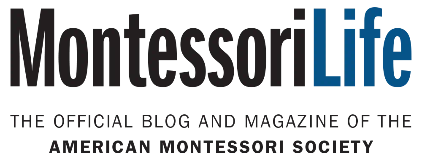In Part One of this series, we addressed the dynamic nature of the field of biology, specifically the changes in approaches to classifying life on Earth. We outlined the history of classification from the two-kingdom approach to the three-domain system. An informal search revealed the prevailing use of the five- and six-kingdom approaches to teaching about life in Montessori Elementary classrooms, despite their obsolete status. This may be due, in part, to teachers lacking the time and resources to stay current with biology updates from the field and the challenges involved in updating a major aspect of the curriculum.
With the aim of offering support to teachers in this area, Part Two of this series provides information on:
- the three-domain system
- phylogenetics and the Tree of Life
- relevant vocabulary
- teacher resources for understanding phylogenies and the Tree of Life
The Three-Domains
The three-domain system for classifying life on Earth was proposed in 1990 by Carl Woese, and is the approach most widely accepted by biologists today. A domain is the highest rank (above kingdom) in the classification of living things. Domains represent the first branches of all life, and all living things belong to one of these three groups:
- Domain Bacteria, which contains only bacteria
- Domain Archaea, which contains only archaea
- Domain Eukarya, which contains the protists, fungi, animals, and plants
The opinions expressed in Montessori Life are those of the authors and do not necessarily represent the position of AMS.
On this page


